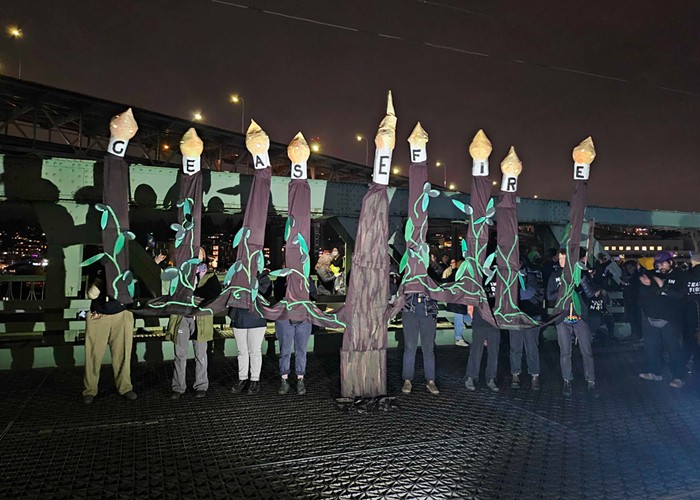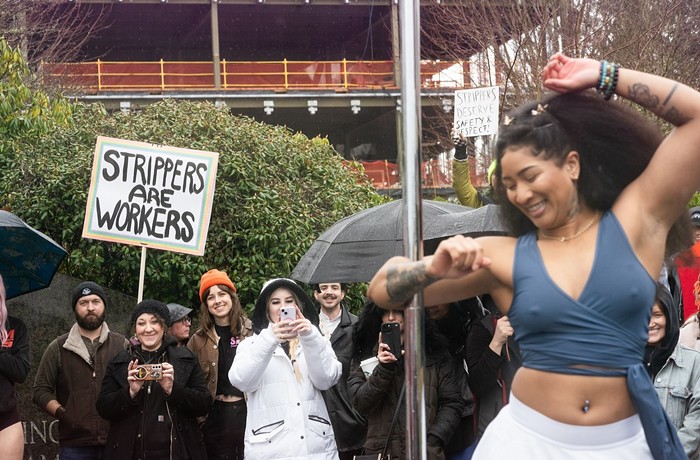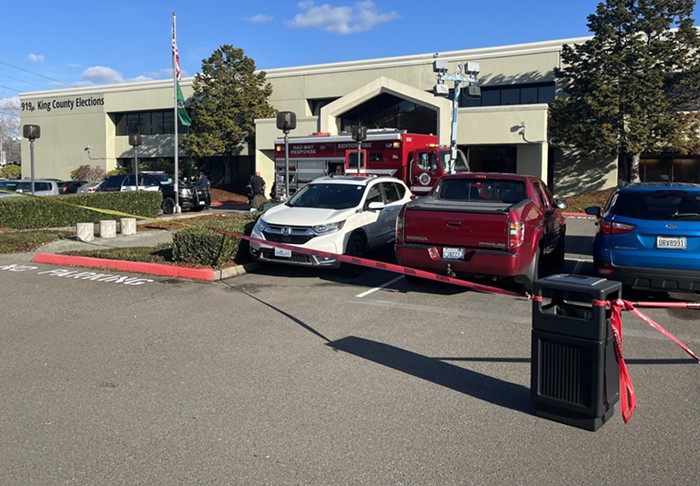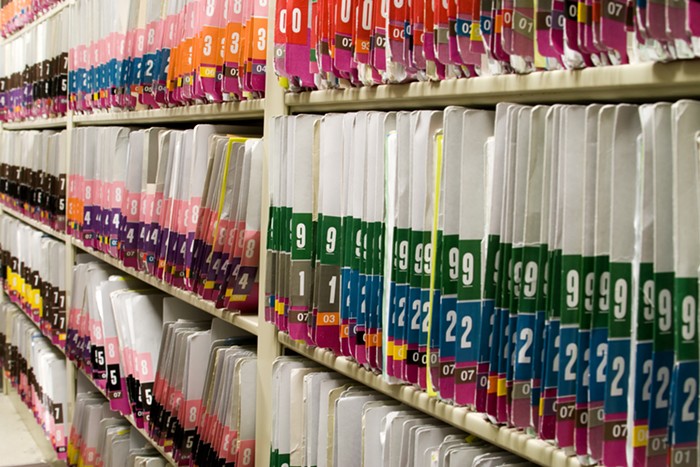
- Forest Ethics
- The red area shows the half-mile Department of Transportation (DOT) evacuation zone for oil train derailments, according to ForestEthics. Yellow shows the one-mile DOT "potential impact zone in case of oil train fire."
The map above, assembled by the environmentalists at ForestEthics, shows the federal evacuation and "impact" zones in the event of an oil train derailment in Seattle, tracking the path of our railroads. As I reported in February:
Last July, the town center of Lac-Mégantic in Quebec was incinerated, killing 47 people, when a train carrying crude oil from North Dakota's Bakken Formation region derailed.The national, interactive version of the map is here. Have an awesome weekend!"Its cars collided, triggering a series of deafening explosions, unleashing a river of burning oil and fast-moving walls of fire, heat so scorching that even days later, recovery workers could only work in 15-minute shifts," the New York Times wrote in a year-end obituary.
Every week, about a dozen of these trains pass through downtown Seattle carrying the same type of highly flammable oil in the same sort of unsafe tank cars that exploded in Quebec. They pass both sports stadiums and enter a tunnel directly under Pike Place Market. And if the oil and rail industries get their way, by the time the Seahawks play their opening game at CenturyLink Field next September, there could be as many as 15 to 16 of these potentially explosive oil trains passing through each week, according to estimates from the Sightline Institute. That's up from zero oil trains two years ago.


















